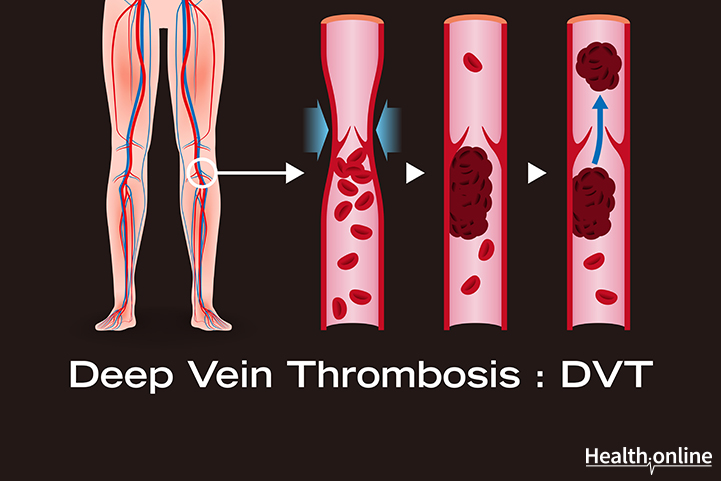
Pathophysiology of DVT
Virchow’s triad was developed to help identify the factors that were present in those patients who were developing DVTs. The three factors include: venous stasis, activation of blood coagulation, and vein damage.
Venous stasis occurs when there is some sort of obstruction of the blood flow within the vein. With the occlusion, the result is slowed movement of blood through the vein. With slowed movement, the result is a micro thrombi building up on the vasculature walls. These micro thrombi are not washed away by the pressure of the blood on the vein walls because of the obstruction. The accumulation of these micro thrombi continues to increase.
The second portion of Virchow’s triad is hyper-coagulability. This occurs due to an imbalance between the clotting factors and the clot busting factors. It is thought to occur when there is an increased amount of tissue activation factor present, and a decreased amount of plasma antithrombin or fibrinolysins.
Vein damage is the third component of Virchow’s triad. The interaction between the thrombus and the endothelium results in an irritated vein. This irruption stimulates the production of inflammation markers. Cytokine production results in the adhesion of white blood cells to the endothelium. This promotes the development of thrombosis. These factors of Virchow’s triad create the perfect storm for the development of a thrombus within the deep venous system.




